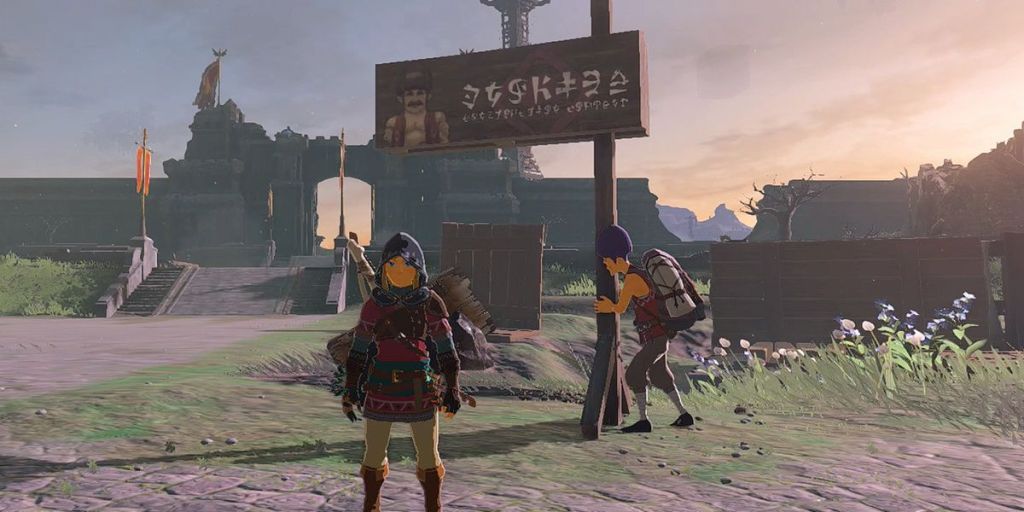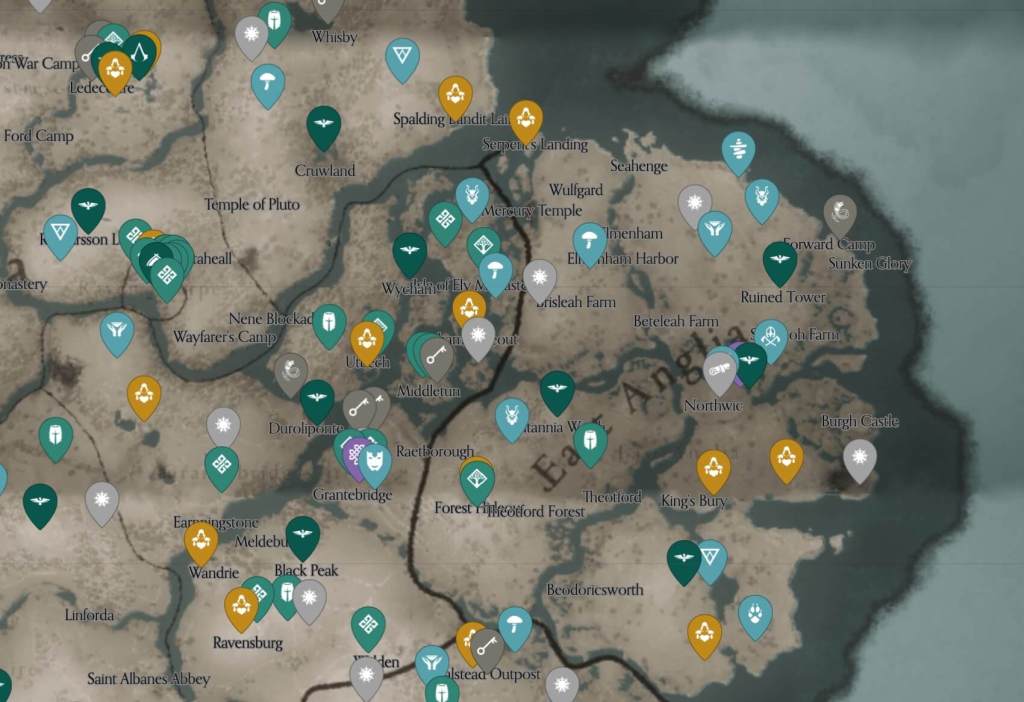It seems that every time a new open world game comes out these days, I hear the same tired buzzword about their design from game critics. Putting a lot of markers on the map to tell you where the side content is, is “Ubisoftication”. Thanks to the new Zelda games and Elden Ring in particular, which forego these markers and force you to find almost everything by just exploring the map, it is now viewed as bad in many circles when you mark where side quests and other content are on the map, especially if there is a lot of it.
While I think for these specific games, their exploration structure is smart and makes sense, I am also here to say that in general, telling gamers where they can find all the content is a good thing. Many of the games that people complain about this with would be actively worse without an easy way to tell where you should go to find all that the game has to offer.
I am here with the bold, anti-hipster take that Ubisoftication is in fact, good.
Map Design Is Key
It’s important to remember that Elden Ring and Breath of the Wild are built very specifically with a lack of map markers in mind. They have vast vistas and often have nothing “significant” to do in most of that space. Both games like to find spots to put you at an elevated view, and then put a few very clear landmarks ahead of you that are obviously places you want to go. The iconic view after you get through the first big boss in Elden Ring perfectly sets you up with easy decisions on where to go next without any map needed. As you go to those locations, it is very easy to stumble upon other encounters where you can get more loot or experience for your character. The elevated view at the start sets you up for success, and the game is consistently putting you in these kinds of situations so that you aren’t aimlessly wandering.

That kind of design does not make sense for every video game or even most video games. I am still slowly playing through Like a Dragon: Infinite Wealth, a game that takes place entirely in cities. It’s a completely flat landscape. If they didn’t have a marker down with where every substory was, I’d have to trudge through every alleyway and building a few times over the course of the game if I didn’t want to miss any. The substories for Infinite Wealth contain some of the best moments in the game. I don’t want to miss out on some amazing content all in the name of pure exploration. If you have a flat landscape, there is almost no way to make this kind of exploration fun.
This may be a controversial opinion, but Baldur’s Gate 3 ends up being an example of where this kind of design in a crowded flat area can go completely wrong. After two acts of exploring more empty areas, where the few people you run across are pretty easily identifiable as quest givers, act 3 puts you in your first proper city. All of a sudden, there are at least a hundred NPCs to talk to. While there are many well acted and entertaining conversations to be had, it can be a slog trying to hit up every single person if you truly want to see all the game has to offer. If you aren’t that good at CRPGs, it can become critically important to see all the content just so you are getting all the best possible loot and maxing out your level. The smallest form of help from the game, like putting those terrible “immersion breaking” exclamation points above quest givers, actually would have had me significantly more immersed in the game, because I wouldn’t feel annoyed from dozens of mostly useless conversations in a row.
Content is Key
I feel like Ubisoftication has become a cheap way for game critics to attack a game when they might just simply not like it for other reasons. I read plenty of reviews for Infinite Wealth, and I didn’t see any real complaints about “checklists”, or “bloated maps”, even though the game definitely has checklists, and an overwhelming amount of icons on its maps. This is because the content is really damn good, and it is all worth playing. When the side quest content is as good as the main game, you would feel disappointed if you knew you missed out on 25% of it because you didn’t look in the right places.
One of the reasons why I believe Tears of the Kingdom is smart to not point gamers directly to all of their content with map icons, is a lot of that side content can get really boring. Having a million icons on my map representing the sign guy and korok side quests would feel a little overwhelming because those quests are not particularly good. And when you put those icons on the screen, sometimes it really feels like you need to clear them out, even if the activity isn’t that much fun. Since it is not easy to find all of those sidequests in Tears of the Kingdom, you can easily skip them without dealing with the nagging feeling of seeing those icons on the map every time you open it.

Minimap icons have this weird power to attack many gamers’ self-control. Many times, if you find Ubisoftication in a certain game super annoying, it is mostly a reflection of your own inabilities to ignore those optional markers more than anything else.
If you played Hogwarts Legacy and tried to do every single one of the boring Merlin trials as they showed up on your map, I almost guarantee you had a worse time than someone who mostly ignored them. However, if you skip all the side content in a Yakuza game, I’d say you probably had a worse time than someone who explored everything.
Context Dependent
Simply, there are games that are greatly enhanced by forcing players to explore organically. This is because those games were designed purely with that in mind. They were built top-down for it. If a game has different goals in mind with the setting or perhaps they want a more linear method of storytelling, it probably doesn’t make sense to force the player to organically find everything out there, as they will miss a lot.
I have never played an open world game that I thought was bad in part because there were just too many mini map icons on the screen. When it’s all optional content, the only real issue is your own self-control. Because of that, let’s stop using that alone as a criticism, as it simply is not fair to judge every game on an Elden Ring standard when many of those games do not have the same goals as Elden Ring.
Long live Ubisoftication.


Leave a comment